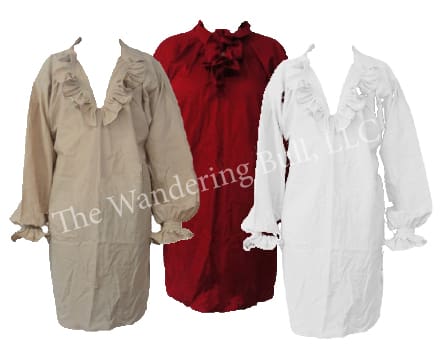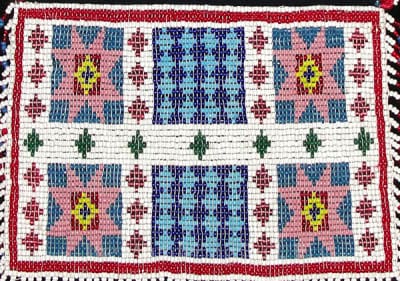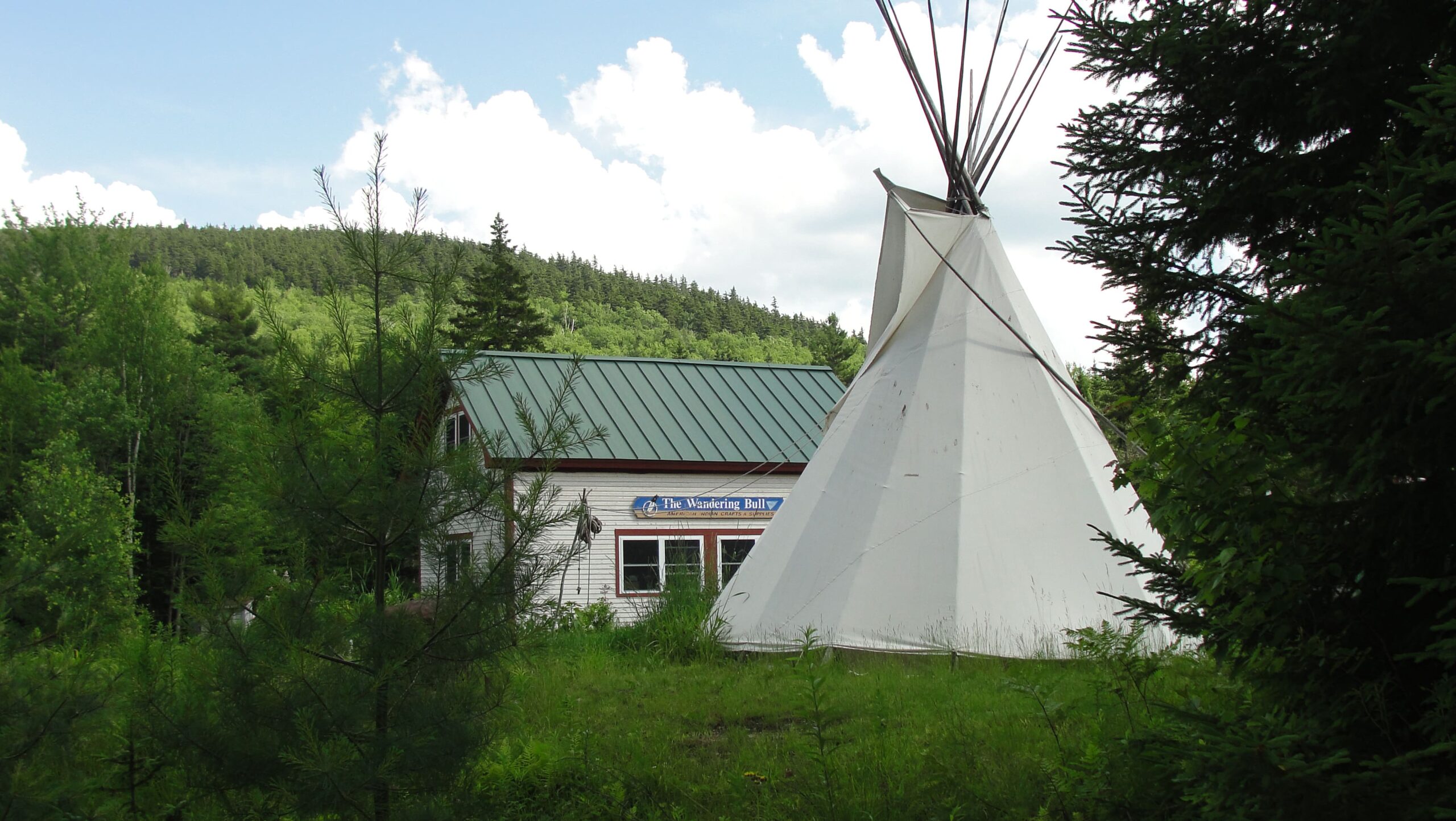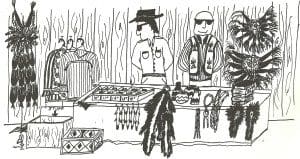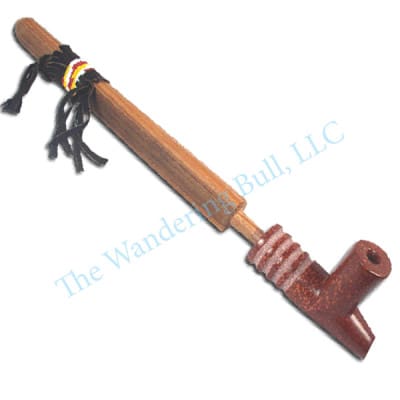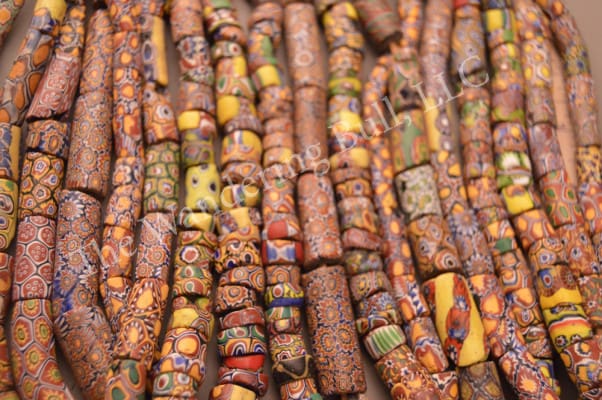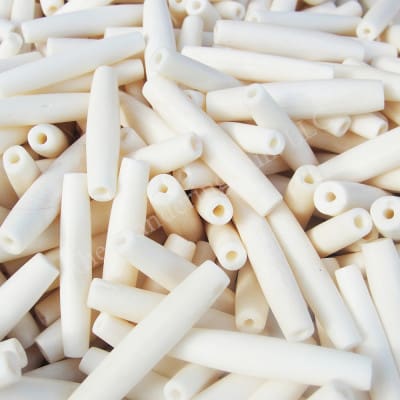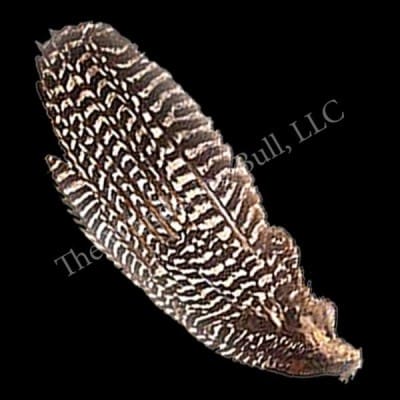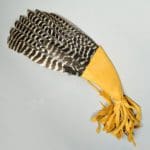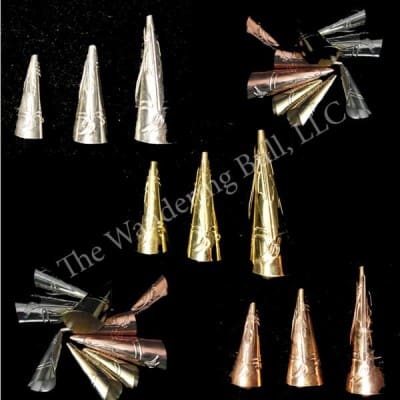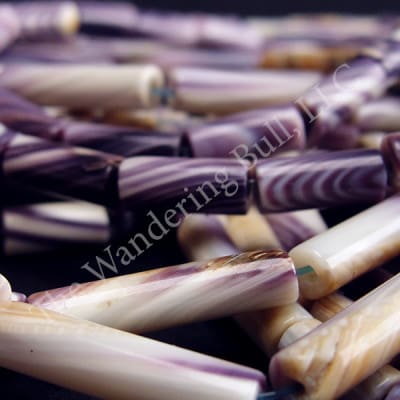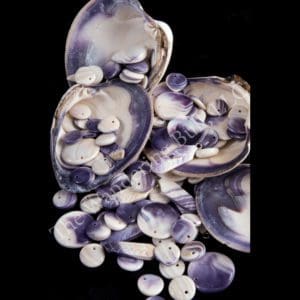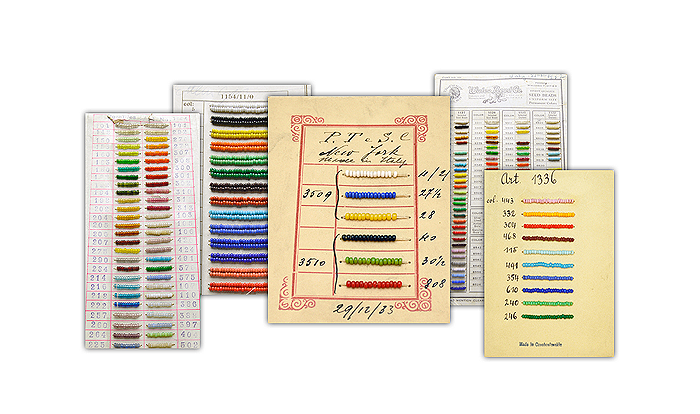
Collectible Bead Charts
Bead charts are visual guides that depict different types of beads that crafters use for beadwork and jewelry making. These charts typically showcase various bead shapes, sizes, colors, and materials. They can provide a reference for crafters interested in creating jewelry or art pieces with antique beads.
We have been collecting old bead charts for years. Many of these cards provide us with dates and the locations where the beads were manufactured. When you are trying to match old beads for your projects, these charts make invaluable resources. You can also use these cards to date antique beadwork. Beaded items can only be as old as the newest bead used to create it.

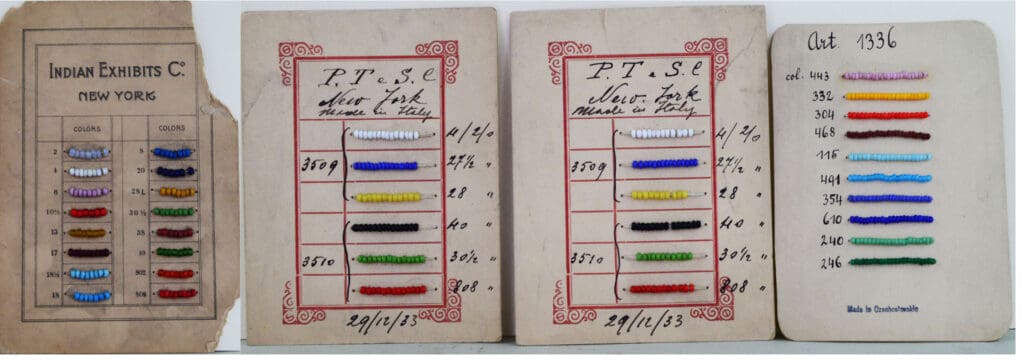
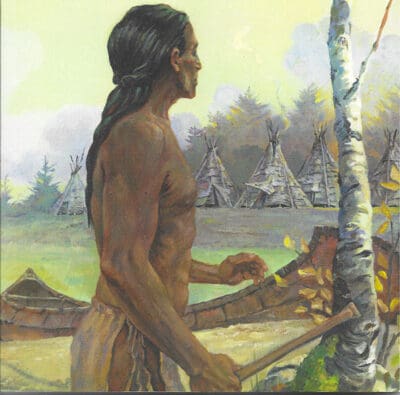
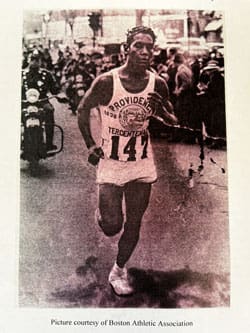
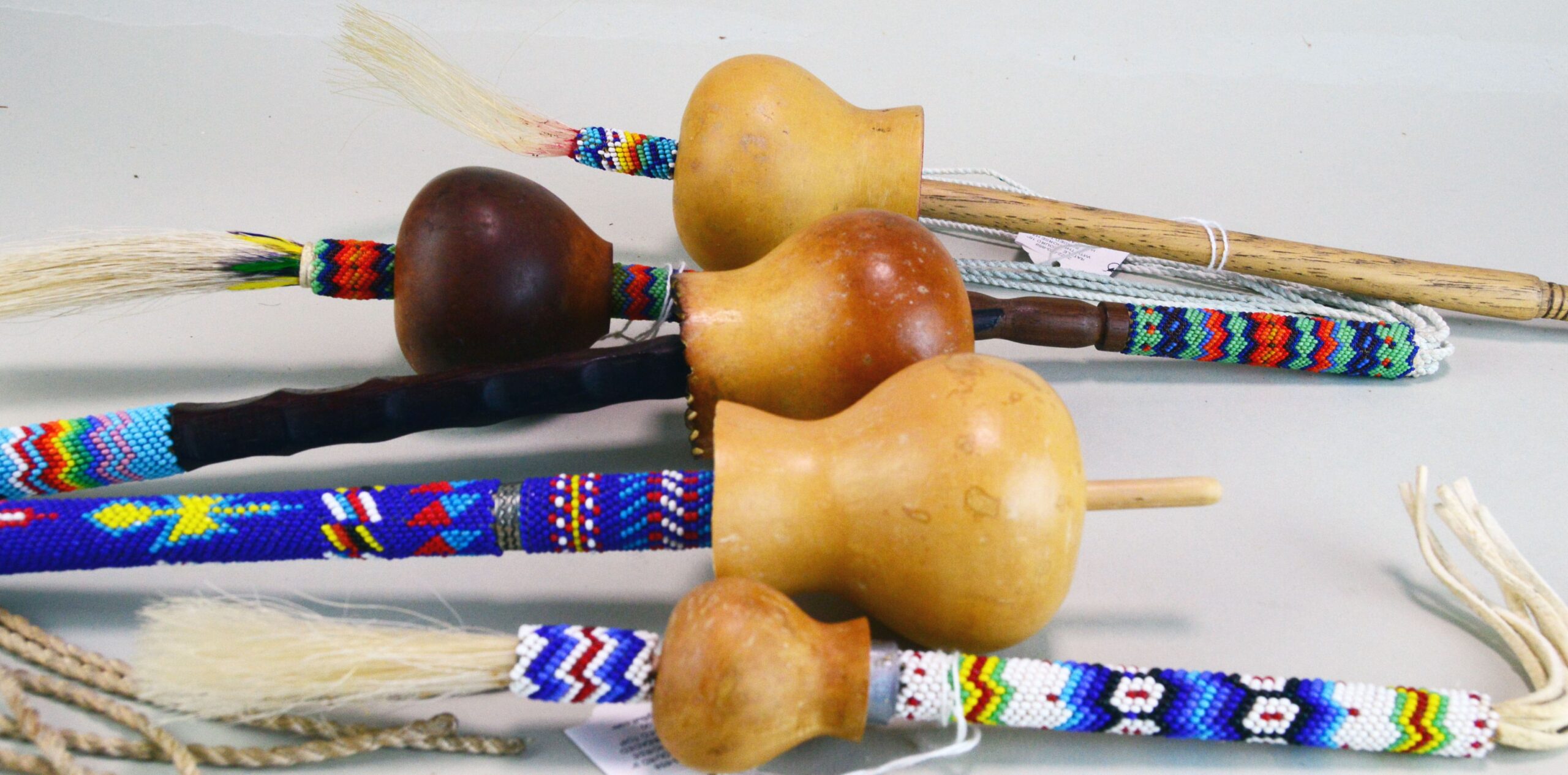
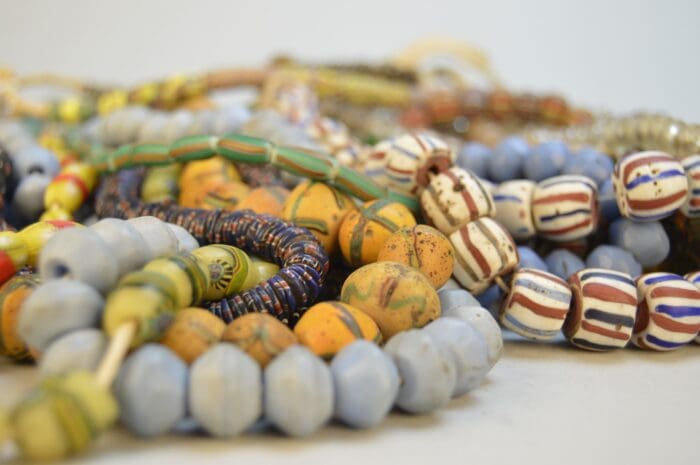
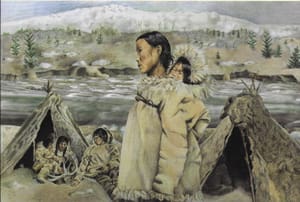
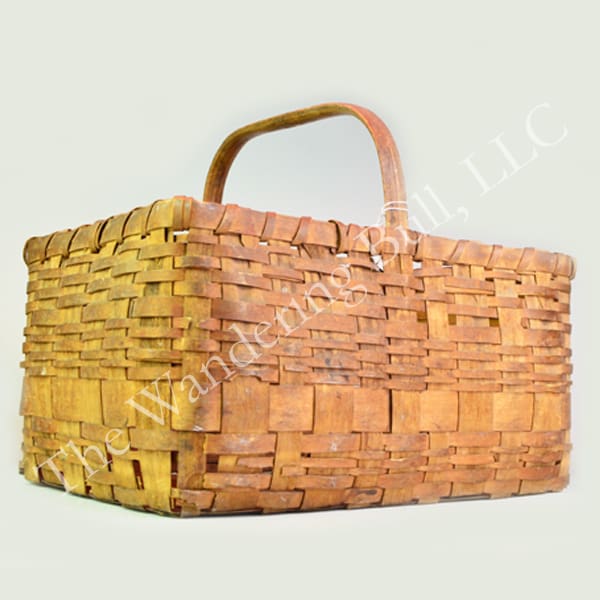
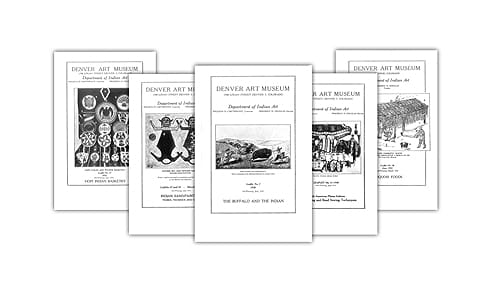
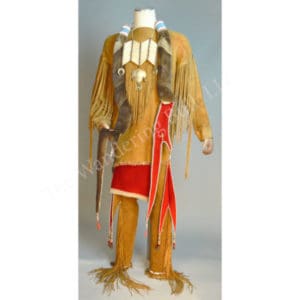
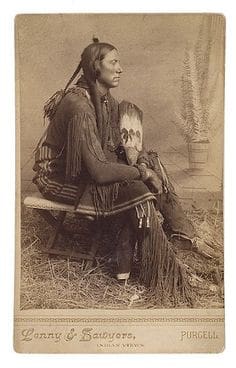
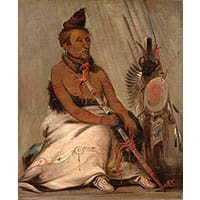
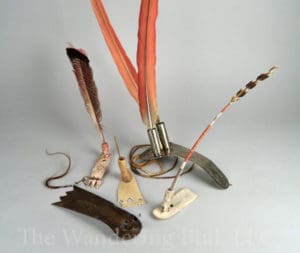
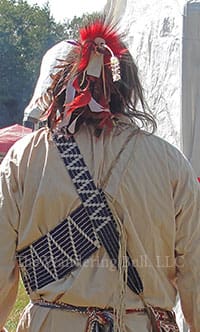 When wearing a roach, men can also wear a Roach Spreader inside to spread the hair. This way they can achieve a balanced shape for the roach. In order to facilitate wearing a roach, Native American men braid one section of their hair.
When wearing a roach, men can also wear a Roach Spreader inside to spread the hair. This way they can achieve a balanced shape for the roach. In order to facilitate wearing a roach, Native American men braid one section of their hair. 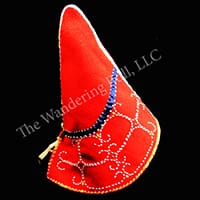
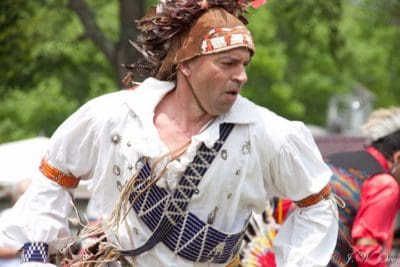
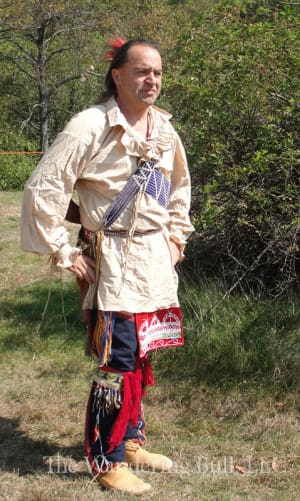
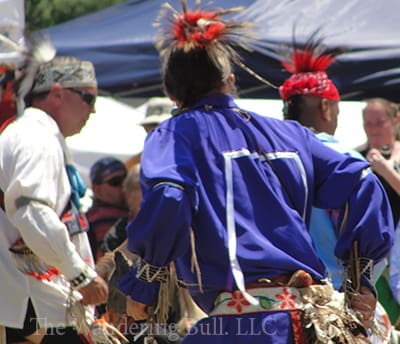
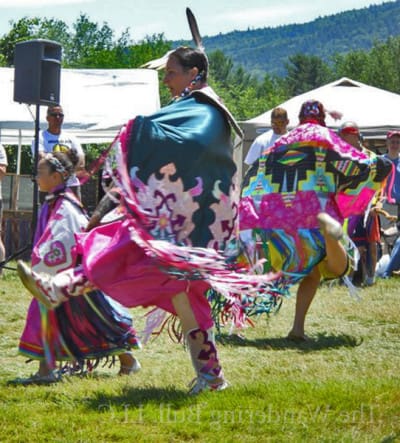
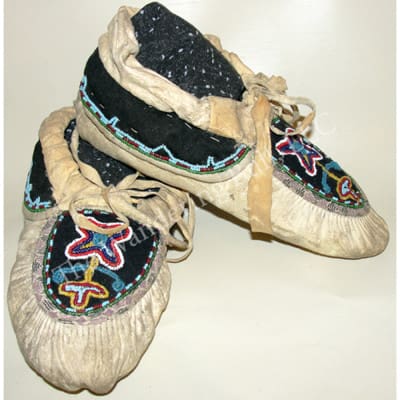
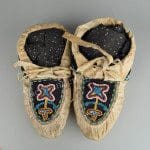 This pair of antique moccasins was crafted in the early 20th century. The crafter was probably a Northeastern Algonquin from the eastern part of Canada. Their origin is determined by the construction and decoration of the moccasins.
This pair of antique moccasins was crafted in the early 20th century. The crafter was probably a Northeastern Algonquin from the eastern part of Canada. Their origin is determined by the construction and decoration of the moccasins.